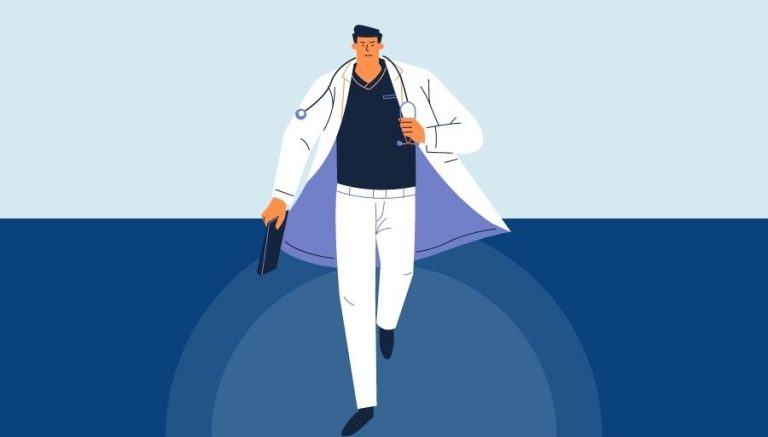How To Use CPT Code 99190
CPT 99190 describes the assembly and operation of a pump with an oxygenator or heat exchanger, including ECG and/or pressure monitoring, for each hour. This article will cover the description, procedure, qualifying circumstances, appropriate usage, documentation requirements, billing guidelines, historical information, similar codes and billing examples.
1. What is CPT Code 99190?
CPT 99190 can be used to describe the assembly and operation of a mechanical pump-oxygenator or heat exchanger for the circulation and oxygenation of blood outside the body. This code is reported for each hour and may or may not include monitoring of the patient’s blood pressure and performing an ECG, or electrocardiogram. The preparation and operation of a pump oxygenator or heat exchanger are commonly performed during cardiac surgeries to support the patient’s cardiovascular system.
2. Official Description
The official description of CPT code 99190 is: ‘Assembly and operation of pump with oxygenator or heat exchanger (with or without ECG and/or pressure monitoring); each hour.’
3. Procedure
- The provider assembles the mechanical pump-oxygenator or heat exchanger system, which consists of interconnected devices that replace the heart and lungs.
- The provider tests and manages the system, ensuring proper assembly and function of the pump, oxygenator, and heat exchanger.
- The provider follows established protocols and checklist verification to ensure the sterility of components, adequacy of electrical connections and oxygenator gas supply, arrangement and reliability of lines, composition of priming solution, functionality of the water supply system, and verification of automated anticoagulation.
- Under sterile conditions, the provider assembles the oxygenator, connecting the various mechanisms according to the checklist.
- During the procedure, the provider operates and manages the system, monitoring the patient’s blood pressures, temperatures, and electrocardiogram if necessary.
4. Qualifying circumstances
CPT 99190 is typically performed during cardiac surgeries when a mechanical pump-oxygenator or heat exchanger is required to support the patient’s cardiovascular system. The procedure may or may not include monitoring of the patient’s blood pressure and performing an ECG. The provider must assemble and operate the system for each hour.
5. When to use CPT code 99190
CPT code 99190 should be used when the provider assembles and operates a pump with an oxygenator or heat exchanger for the circulation and oxygenation of blood outside the body. This code is reported for each hour of service. If the procedure does not involve ECG and/or pressure monitoring, it is important to document that these services were not performed.
6. Documentation requirements
To support a claim for CPT 99190, the provider must document the following information:
- Assembly and operation of the pump with oxygenator or heat exchanger
- Duration of the procedure in hours
- Documentation of ECG and/or pressure monitoring if performed
- Any additional relevant details or complications encountered during the procedure
7. Billing guidelines
When billing for CPT 99190, ensure that the provider has assembled and operated a pump with an oxygenator or heat exchanger for each hour. If ECG and/or pressure monitoring were performed, they should be documented separately. It is important to review payer-specific guidelines and policies to ensure accurate and appropriate billing for this procedure.
8. Historical information
CPT 99190 was added to the Current Procedural Terminology system on January 1, 1990. In 2017, it was added to the Inpatient Only (IPO) list for Medicare.
9. Examples
- A cardiac surgeon assembles and operates a pump-oxygenator with ECG and pressure monitoring for a patient undergoing open-heart surgery.
- An anesthesiologist assembles and operates a heat exchanger without ECG and pressure monitoring for a patient undergoing hypothermic cardiac arrest.
- A perfusionist assembles and operates a pump-oxygenator with ECG and pressure monitoring for a patient undergoing coronary artery bypass graft surgery.
- A cardiovascular surgeon assembles and operates a pump-oxygenator without ECG and pressure monitoring for a patient undergoing heart valve replacement surgery.
- A cardiac anesthesiologist assembles and operates a heat exchanger with ECG and pressure monitoring for a patient undergoing aortic dissection repair.
- A perfusionist assembles and operates a pump-oxygenator without ECG and pressure monitoring for a patient undergoing lung transplantation.
- A cardiovascular surgeon assembles and operates a pump-oxygenator with ECG and pressure monitoring for a patient undergoing ventricular assist device implantation.
- An anesthesiologist assembles and operates a heat exchanger without ECG and pressure monitoring for a patient undergoing heart transplant surgery.
- A perfusionist assembles and operates a pump-oxygenator with ECG and pressure monitoring for a patient undergoing extracorporeal membrane oxygenation.
- A cardiac surgeon assembles and operates a pump-oxygenator without ECG and pressure monitoring for a patient undergoing aortic root replacement surgery.


